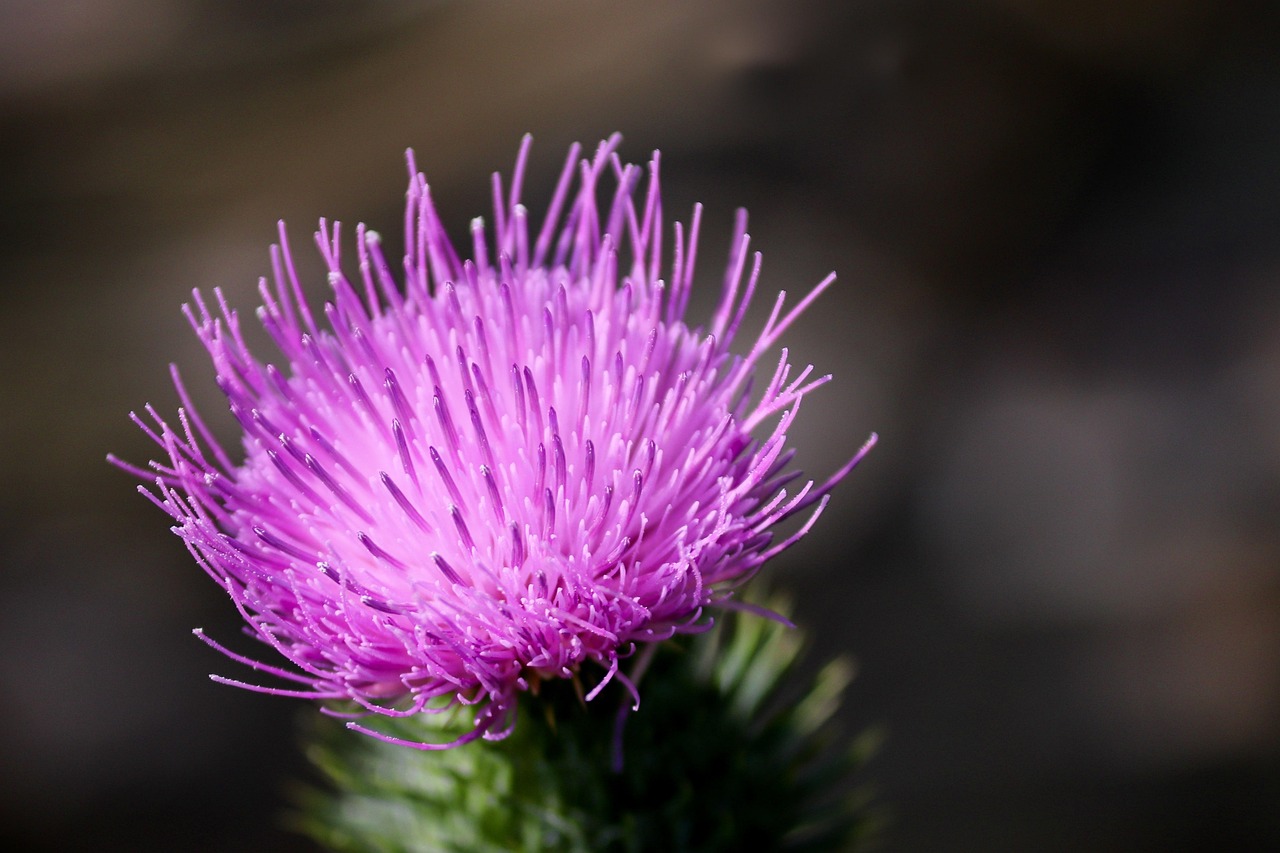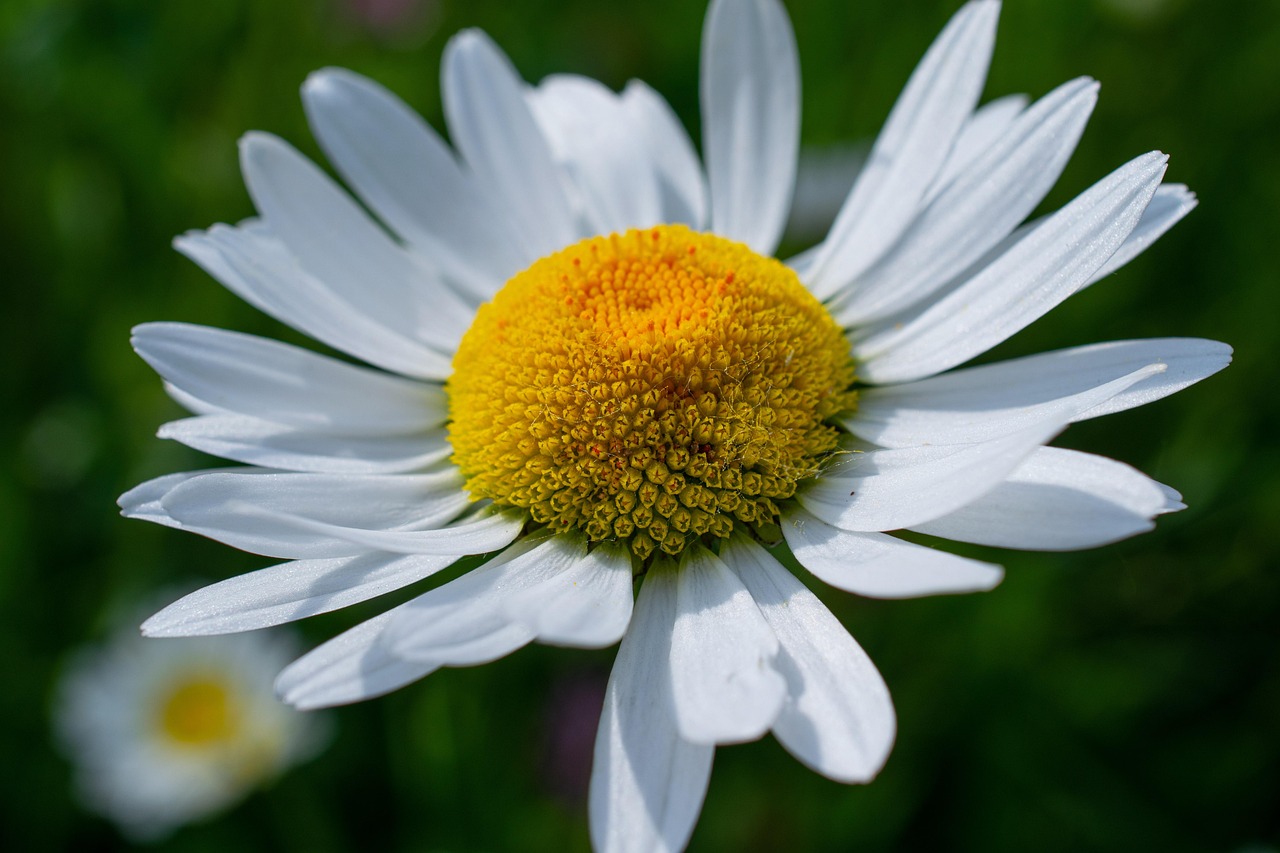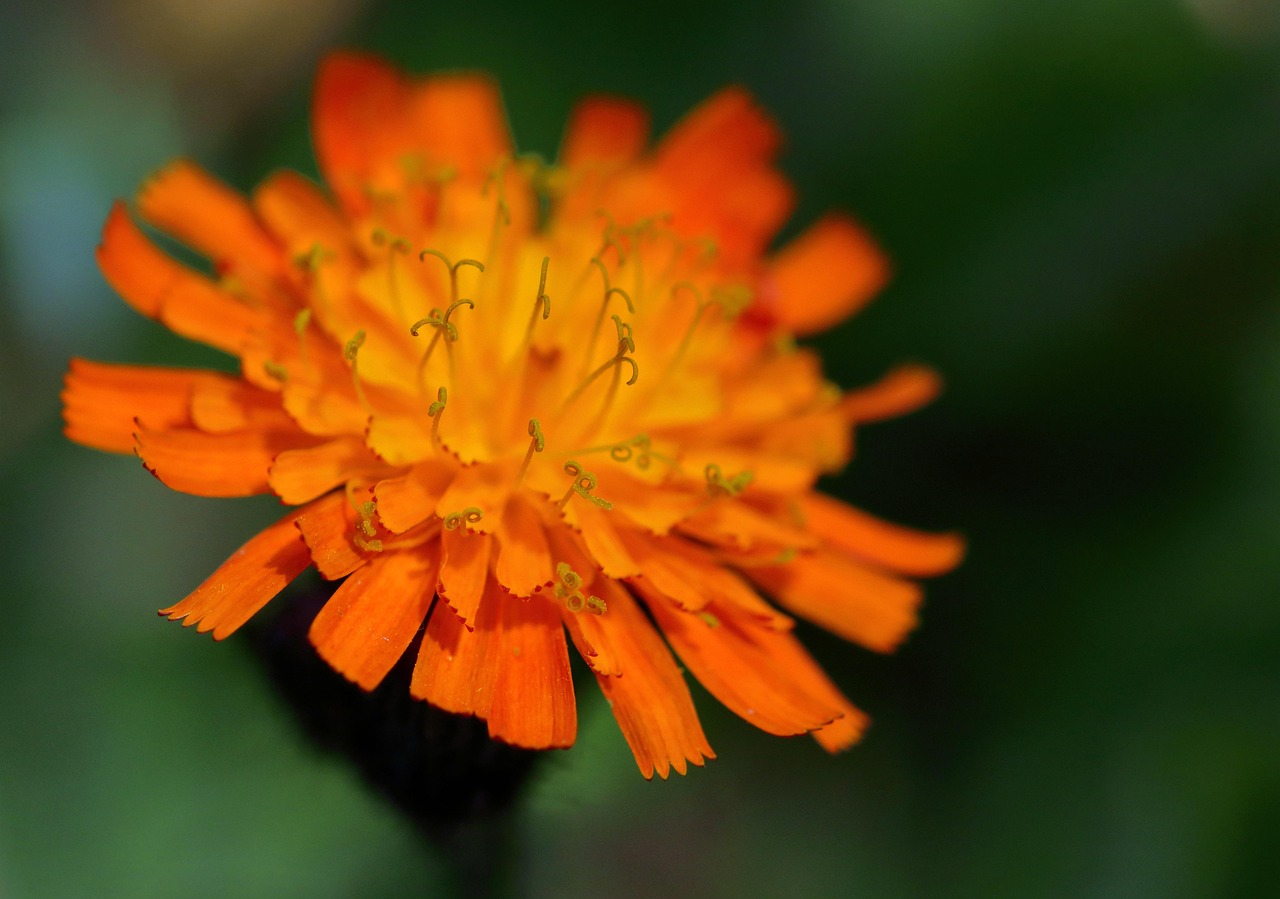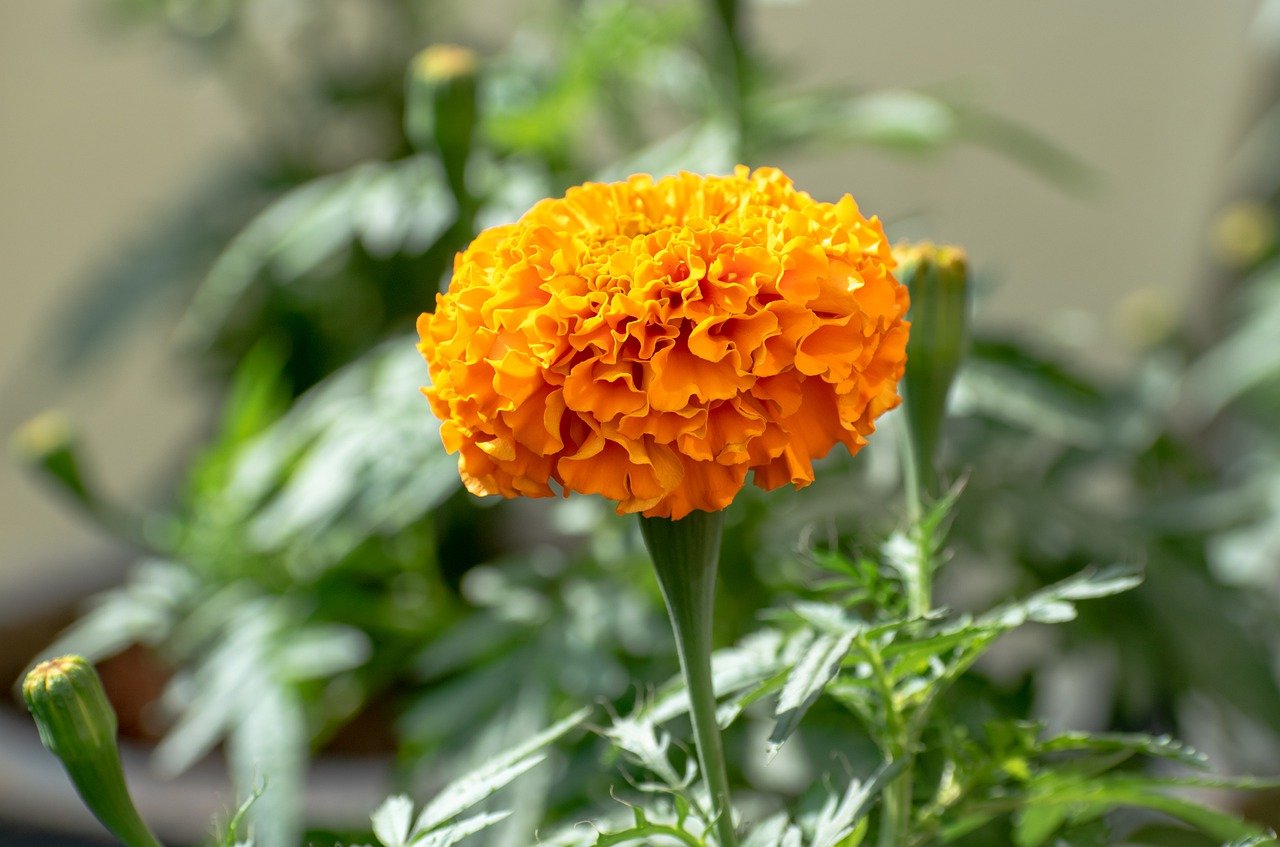Tansy | A Classical Plant of European Monastic Gardens
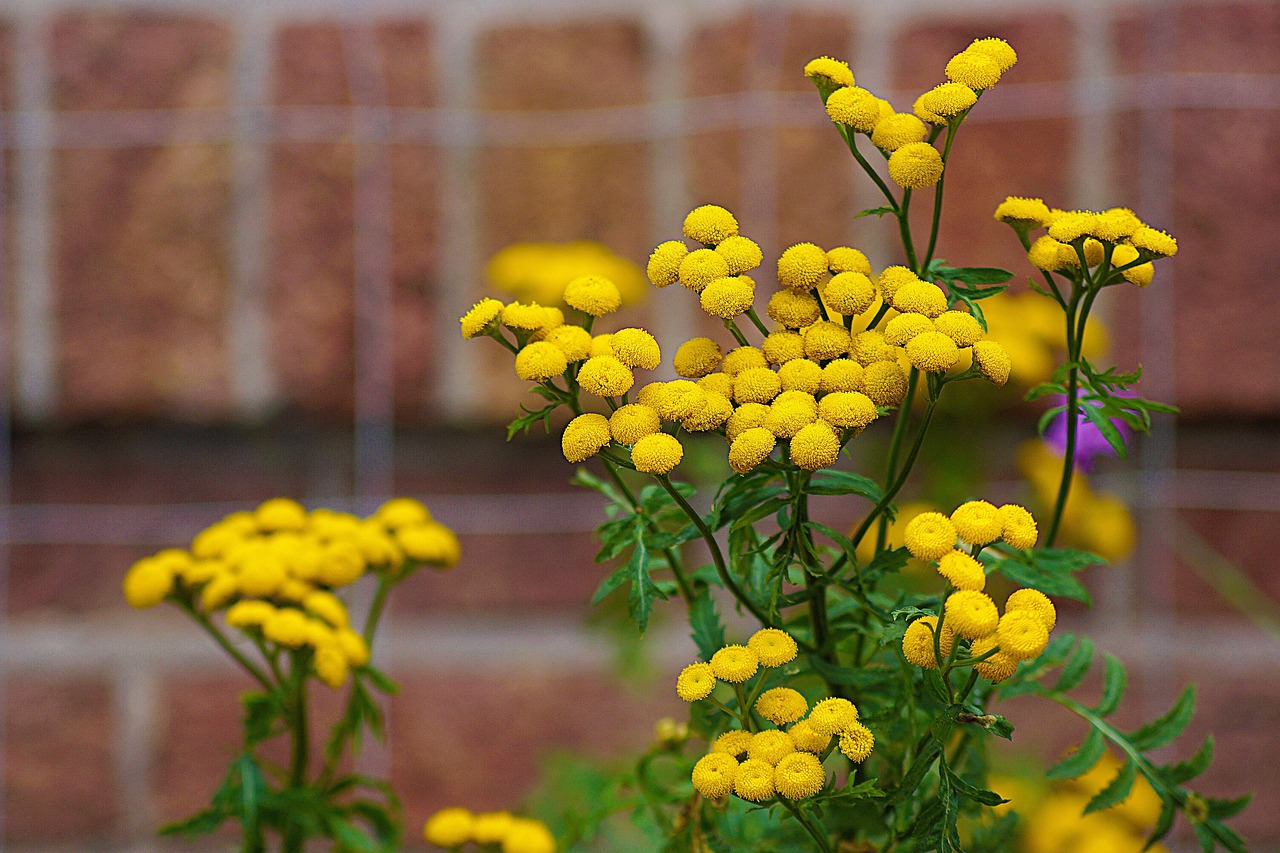
Tansy is a perennial herb with clusters of small golden-yellow flowers and distinct pinnate leaves. Thanks to its well-arranged blossoms and strong fragrance, it has long been appreciated for ornamental and cultural purposes throughout history.
In this article, I will explain in detail the basic information about tansy, its cultural and historical significance, and tips for cultivation.
Basic Information
- Scientific name: Tanacetum vulgare
- Family: Asteraceae
- Origin: Europe, Northern Asia
- Appearance: It grows to about 50–120 cm in height, with finely divided leaves. The flowers are bright yellow, button-shaped, and bloom in clusters at the tips of the stems.
- Blooming season: Summer to autumn
Cultural Significance Around the World
Tansy has been regarded as a symbolic plant in many cultures, especially across Europe.
In Europe, its vivid yellow flowers were considered a symbol of the sun and were used in rituals and decorations since ancient times.
In medieval England, tansy was known as a flower displayed during spring festivals, and its strong fragrance was regarded as a symbol of purity. It was also valued as a long-lasting flower, often dried and made into wreaths or ornaments.
Today, tansy is also used as an ornamental plant in gardens, where its unique texture adds a natural charm to landscapes.
Historical Episodes
Tansy has been known since ancient Greece and Rome, where it was used for various purposes.
In medieval Europe, it was planted in monastery gardens and sometimes served as a resting place for pilgrims traveling long distances.
In the 17th century, tansy was brought to North America, where it was often planted along garden and pasture borders. Its vigorous growth was used to naturally mark property boundaries.
Over time, it has become widely cultivated as an ornamental plant.
Gardening Advice
Tansy is hardy and easy to grow, but proper care will help it thrive more beautifully.
Sunlight
Prefers full sun but can also grow in partial shade.
Watering
Drought-tolerant and dislikes excess moisture. Water moderately when the soil surface becomes dry.
Soil
Requires well-drained soil. Sandy soil or loam enriched with compost works well.
Fertilizer
Not essential, but applying a small amount of slow-release fertilizer in spring can promote growth.
Cold resistance
Hardy and does not require special winter protection. In extremely cold regions, mulching around the base provides extra safety.
Conclusion
Tansy is a perennial native to Europe and northern Asia, distinguished by its bright yellow flowers and finely divided leaves.
It has long held symbolic value in European traditions, being used in festivals and decorations.
In England, it was seen as a symbol of purity, while in America during the colonial era, it served as a natural boundary marker in gardens and pastures. Today, tansy remains an important and historically rich ornamental plant.


